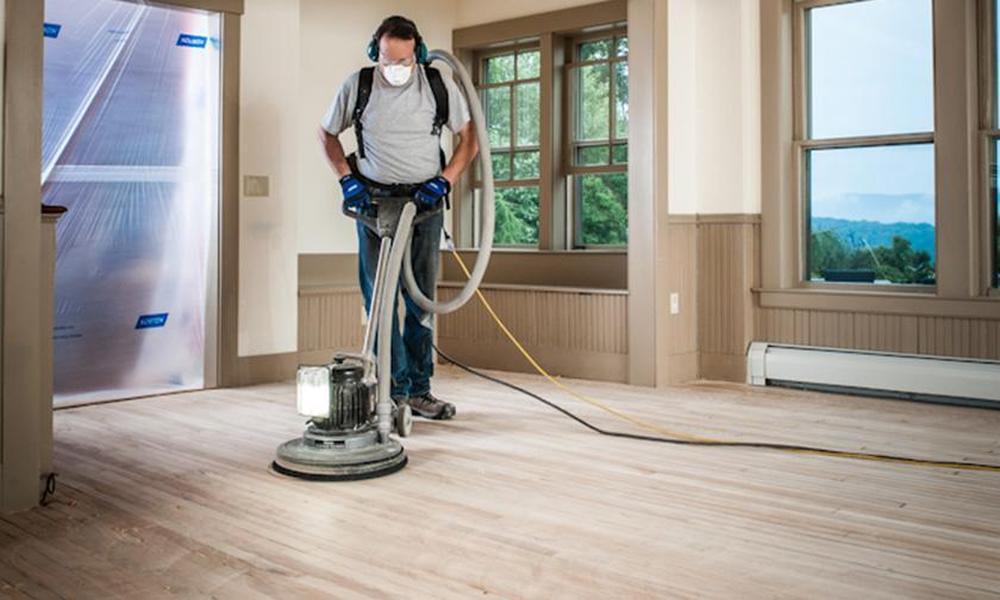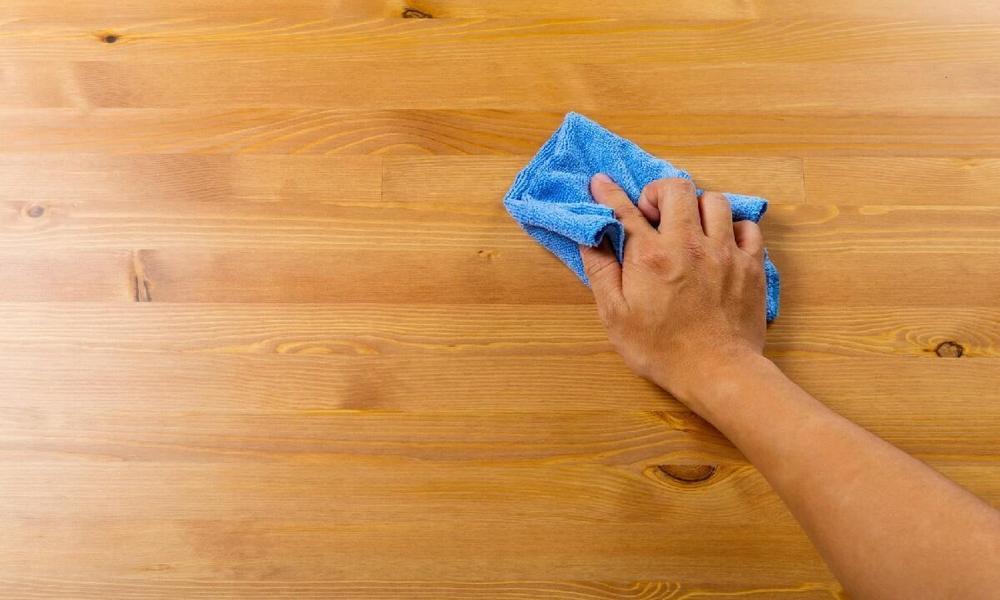Floor sanding is a process of refinishing wooden floors that have lost their shine due to wear and tear. It involves the use of a sanding machine that scrapes off the top layers of wood from your floor, exposing a fresh layer beneath. This new layer can be stained or varnished to give your floors an entirely new look.
The overall process requires skill and experience, as it’s essential not to over-sand or under-sand the wood. Over-sanding can damage the boards beyond repair while under-sanding will leave marks on your floor.
One significant advantage of sanding is that it’s environmentally friendly compared to other methods such as replacing entire flooring systems. Instead of throwing out perfectly good flooring materials.
It is, undoubtedly, an excellent option for those who want to restore their old wooden floors without breaking the bank. Not only does it improve appearance but also increases durability and gives you more control over how you want your space designed.
Now that you know the significance of sanding the floor, it’s time to know how you can choose the right floor sander.
How To Choose A Floor Sander
Choosing the right floor sander is essential for achieving a quality finish. There are several factors to consider when selecting a floor sander, including the type of wood and the condition of your floors.
- Firstly, determine what type of sander you need. Belt sanders are ideal for removing large amounts of material quickly, while orbital sanders are better suited for finishing work. If you have uneven or damaged floors, a drum sander may be necessary.
- Consider the size and weight of the sander as well. For DIY projects in small spaces, a lightweight handheld sander may suffice. However, if you have larger areas to cover or commercial projects to tackle, opt for a more heavy-duty machine.
- Another crucial factor is dust collection capabilities. Sanding generates an immense amount of fine dust that can pose health risks and create messy cleanup situations. Choose a model with efficient dust collection systems like vacuums or bags attached.
- Don’t forget about safety features such as automatic shut-off switches and ergonomic design handles that reduce fatigue during long hours on the job site.
By carefully considering these factors when choosing your floor sander, you’ll ensure that you achieve professional-grade results without compromising on safety or efficiency!
How To Sand
In summary, floor sanding is a process that can bring new life to your wooden floors. It’s an excellent option for homeowners looking to increase the value of their homes and restore their floors’ natural beauty. By following these steps, you can ensure that your floor sanding project is a success:
- Choose the right sander for the job.
- Prepare your space by removing furniture and any other obstacles.
- Begin sanding with coarse grit paper and work your way up to finer grits.
- Be patient and take breaks as needed.
By taking care of your floors through regular maintenance like sanding, you’ll enjoy beautiful hardwood flooring that lasts for years to come!




